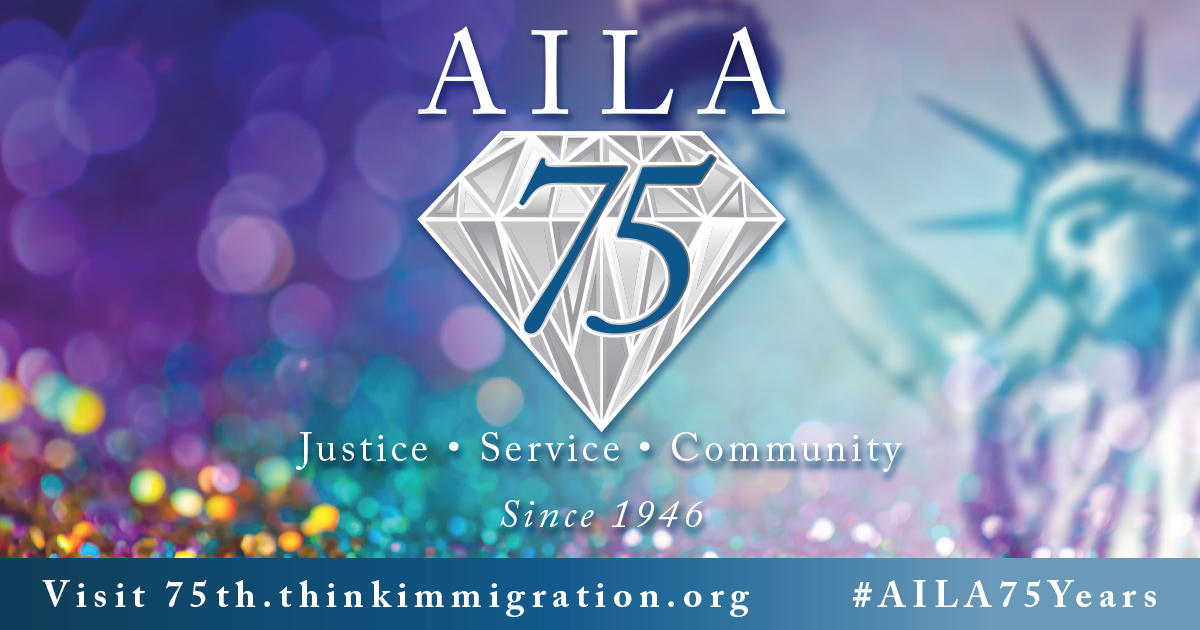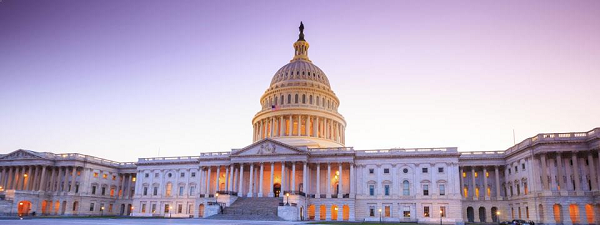For our final blog post in the series to celebrate our 75th anniversary year, AILA member Michael H. Davis reflects on the last few decades:
As AILA has grown by leaps and bounds in recent years, many newer practitioners may have no idea how much things have changed in U.S. immigration law practice over the past 30+ years (I started practicing in 1987).
For many years, adjustment of status (AOS) applications were filed in-person at the local Immigration and Naturalization Service (INS) office (what is now U.S. Citizenship and Immigration Services or USCIS). Clients received their Employment Authorization Document (EAD) the same day, and we could select the desired interview date while at the filing window! There was no fighting on the phone with a USCIS Customer Service representative about whether your client merits an INFOPASS appointment. Persons entering with K-1 visas received EADs at the airport on admission and once married, filed their adjustment application in person at the window, they were interviewed on the spot, and would walk out that same day as U.S. permanent residents. This is not myth, this was reality.
The first 15 years of my immigration law career included novel laws that were specifically intended to help many immigrants (notwithstanding the terrible provisions of IIRIRA in 1996, including its unlawful presence and other restrictions). The “Legalization” (Amnesty) program that began in mid-1987 was perhaps the heyday, with long lines at the new Bloomington INS office, tents outside the building to provide information, and (usually) friendly officers to help with the processing. This was followed by the halcyon days of Section 245(i) which, starting in 1994, allowed many to avoid travel to Ciudad Juarez or Central America to process their immigrant visas and, subsequently, avoid unlawful presence waivers and related inadmissibility issues.
What I remember most about the second 245(i) period (that ended April 30, 2001) is the sheer volume of cases that needed to be filed during the four months leading up to the April 30 filing deadline. This was not only a fantastic legal opportunity for our clients (many of whom had to scrounge for the enhanced filing fees), but also a tremendous business opportunity for many immigration practitioners (especially since I had only recently started my own firm). I literally begged our fledgling firm’s staff to work the extra hours needed to get all the 245(i) cases processed; as a reward for their diligent efforts, we took everyone to Los Angeles for a well-deserved vacation weekend soon after the deadline passed.
Let us all hope for similar opportunities in the months and years to come for our clients, staff, and our own well-being!







